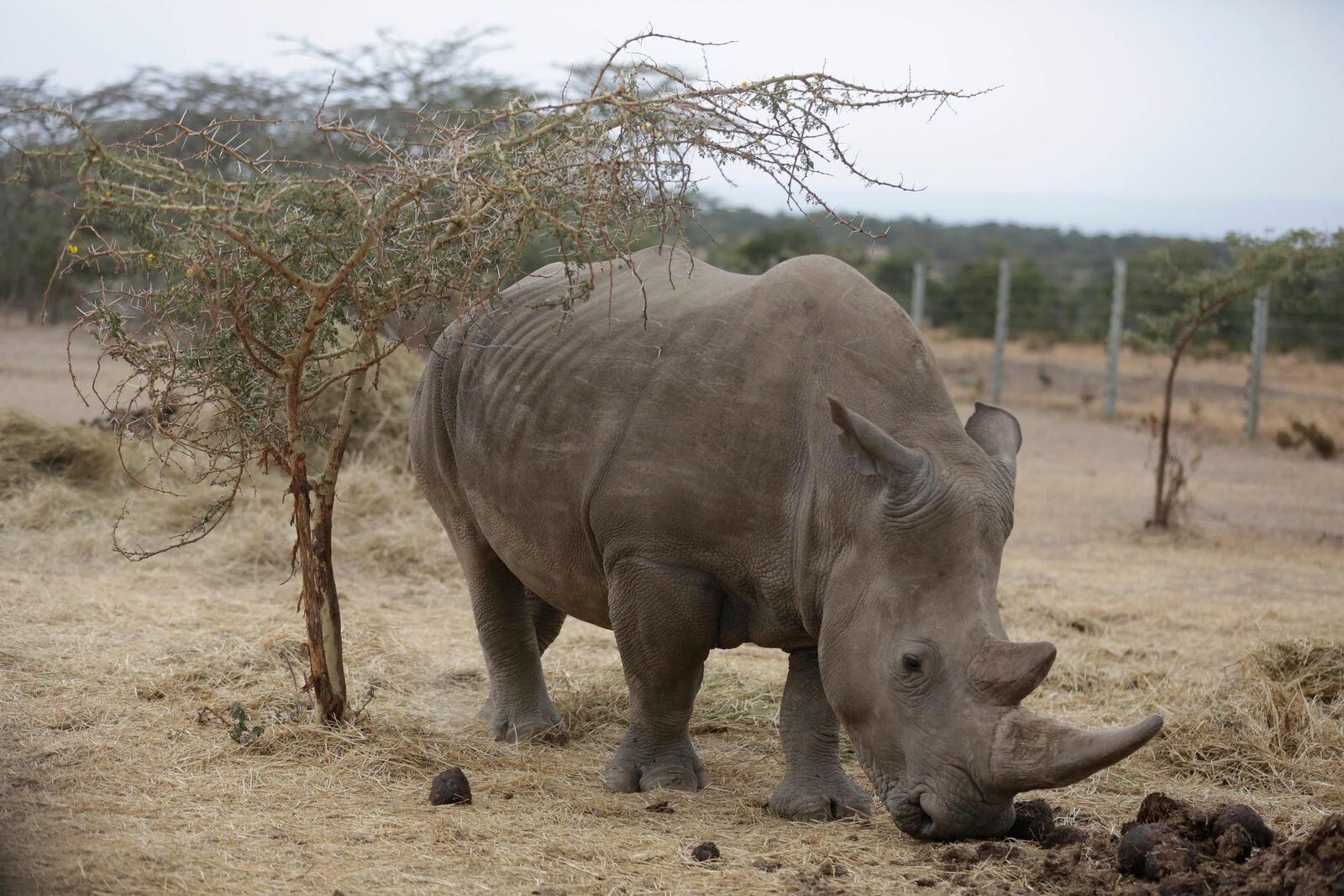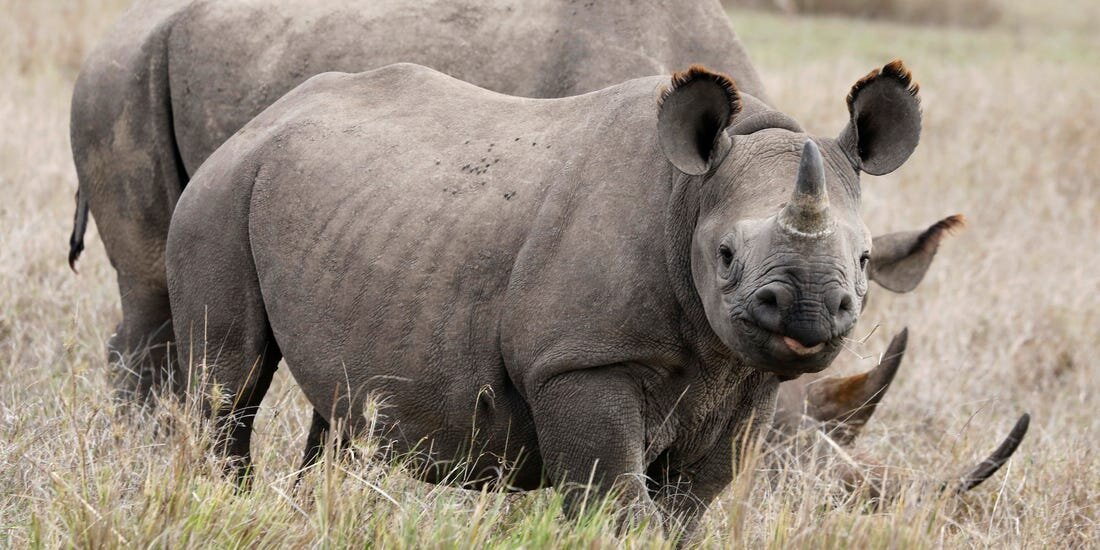Rhino Conservation 101
Photo rights: Danielle Carnahan
What do you picture when you think of a rhino? Probably a large pachyderm with a beautiful horn in the African savannah… I know that’s what I think of! Do you ever picture a different looking rhino, maybe one living on a different continent?
Throughout my constant learning in conservation, I have realized that there is so little awareness about Asian species of rhinos! Many people do not even know that rhinos exist outside of Africa or that there are numerous different species. Unfortunately, these species are struggling due to a battle that they are rarely recognized for.
Rhino Horn
It’s nothing new for rhinos to be poached (killed illegally) for their horns, primarily for the use in eastern or Chinese medicine in which the horn is ground up and often consumed for a variety of “benefits”. Rhino horn is used as an aphrodisiac, to cure common illnesses like a cold or the flu, and has been thought to help with the recovery of even more serious illnesses like cancer.
Again, unsurprisingly, there is no evidence to support these claims. This is primarily because rhino horn is made up of keratin, the very same substance that our hair and nails are made of. Therefore in consuming these products, you are in essence consuming the same material as human nails. However, rhino horn is also sometimes kept in its full form and displayed in homes or given as gifts as a status symbol. Therefore, in reducing the trade of rhino horn, there are several issues to tackle.
Rhino horn in the illegal trade
Source: Oxpeckers Investigative Environmental Journalism
First being, where its all going! The number one country in the world in rhino horn import and consumption is Vietnam; however, there are a number of countries that are involved in the import and export of this illegal material as it gets shipped around the globe. The rhino horn trade touches nearly every country in the world, whether it be passing through to get to a final destination, or to meet the demand for the consumers in that country.
In talking about the catastrophe that is the brutal killing of rhinos for this trade, we often hone in on the two rhino species residing in Africa, the black and white rhino. But in talking about rhino conservation, it is critical to also think about the three other rhino species, residing in Asia.
The Five Rhino Species
The three rhino species living in Asia include the greater one horned rhino, found most often in India and Nepal, the Sumatran rhino, found in Sumatra and Borneo, and the Javan rhino, found in only one protected region on Java, Indonesia. While the African species include the black and white rhino. Let’s look at the numbers…
Greater one horned rhino: vulnerable, ~3500 individuals remaining
Sumatran rhino: critically endangered, >80 individuals remaining
Javan rhino: critically endangered, ~65 individuals remaining
Black rhino: critically endangered, between 5000-5400 individuals remaining
White rhino: near threatened, 18,000 individuals





While none of the rhino populations are thriving, it is critical that we keep the conversations going about all five of these species, rather than just the African species! Considering there are so many people who are completely unaware that there are species of rhinos living in Asia, how can we expect to protect them if they are not recognized?
Other Threats They’re Facing
Apart from poaching for the rhino horn trade, rhinos are facing other threats in our changing world. Their habitat is being lost and degraded as we humans continue to expand and develop into natural lands. For some, such as the Sumatran rhino, there are so few individuals that are viable and they are so scattered that it has become increasingly difficult for them to find mates. Unfortunately, if we do not take care of all our rhino species, we will see major environmental changes as each and every species plays a critical role in our world.
The importance of rhinos
As large herbivores, rhinos do a lot in protecting the ecosystems in which they live. Rhinos ensure optimal conditions for other herbivores in the area by maintaining the health of the watering holes and the plant life in the region. For example, rhinos throughout Asia disperse seeds of what they have eaten through their dung. This allows for a plant life cycle that can continue supporting large species.
By maintaining their own ecosystems, they are providing for themselves as well as the other plants and animals they share space with. In order to protect them and the lands they inhabit, it’s important that we continue to fight against the rhino horn trade, harmful agricultural practices (such as palm oil plantations) that are destroying rhino habitat, and monetarily support organizations that are working to protect these species through sanctuaries, passing legislature to protect landscapes, and promoting species growth.
By working to protect other species, we are in turn protecting our planet, and protecting our own health.
🐘 We're proud to partner with SafetyWing to provide travel insurance for ethical travelers.
When you use our affiliate link, you’re directly supporting our nonprofit’s work in wildlife welfare and ethical tourism.
Learn More & Get Covered

